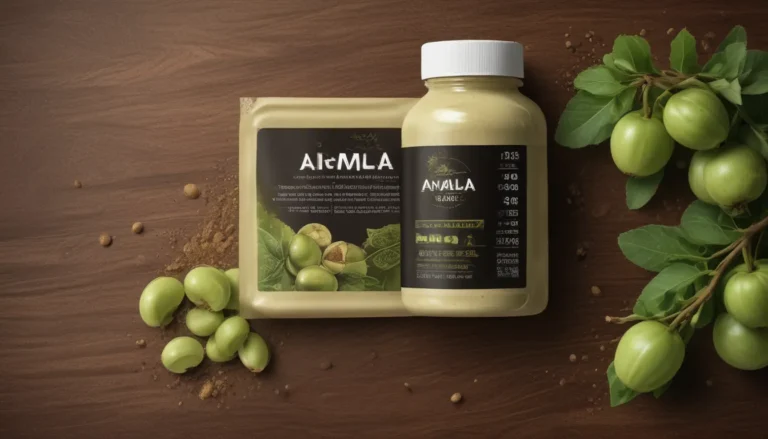The pictures in our articles might not always show exactly what the text is talking about. We use these images to make the article more interesting and eye-catching. They are there to add to the text, but not to replace it or show every detail.
If you're a food enthusiast or just someone curious about all things culinary, get ready to delve into the fascinating world of the cumquat. This small citrus fruit, also known as the kumquat, may be tiny, but it packs a powerful punch of flavor and boasts a plethora of unique characteristics. From its origin and cultivation to its health benefits and culinary uses, the cumquat is a fruit worthy of exploration.
Unveiling the Cumquat: Origin and Name
Originating from Southeast Asia, the cumquat, scientifically known as Fortunella, belongs to the Rutaceae family. The name "cumquat" stems from the Cantonese word "gam-kwot," translating to golden orange. Its cultivation dates back centuries, and it continues to be a beloved fruit worldwide.
Embracing the Unique Size and Shape
Distinct in appearance, cumquats are small, oval-shaped fruits, resembling miniature oranges. These vibrant fruits typically measure 1-2 inches in length, making them stand out among other citrus varieties.
Delving into the Flavorful Peel
One of the standout features of cumquats is their thin, sweet peel that is entirely edible. Unlike most citrus fruits, the peel not only adds a tangy flavor but also complements the juicy flesh, creating a delightful taste experience.
Savoring the Tart and Tangy Taste
The flesh of cumquats is juicy and boasts a unique tart and tangy flavor profile. A harmonious blend of sweet and sour notes makes this citrus fruit a refreshing and flavorful treat to enjoy.
Exploring the Diverse Varieties
Cumquats come in several varieties, each with its distinct flavor profile and culinary uses. Popular varieties include Nagami, Marumi, and Calamondin, offering a range of options for culinary experimentation.
Nutritional Powerhouse: Rich in Vitamin C
Don't let their small size fool you; cumquats are a rich source of vitamin C, essential for immune support and overall health. Just a few cumquats can provide a significant portion of your daily vitamin C requirement, making them a valuable addition to a healthy diet.
Culinary Versatility: From Salads to Cocktails
Cumquats shine in various culinary preparations, lending their unique flavor to dishes. Whether eaten raw, used in jams, jellies, salads, or cocktails, these versatile fruits offer a tangy twist to your culinary creations.
Aesthetic Appeal: Ornamental Plant
Beyond their culinary uses, cumquat trees make for beautiful ornamental plants. With vibrant green foliage and an abundance of colorful fruits, they add a touch of visual appeal to gardens and landscapes.
Symbolizing Good Luck and Prosperity
In certain cultures, cumquats are revered as symbols of good luck, prosperity, and abundance. Often exchanged as gifts during festive occasions and Lunar New Year celebrations, they carry positive sentiments and blessings.
Thriving in Mediterranean Climates
Cumquat trees thrive in warm Mediterranean regions, including Spain, Italy, Greece, Florida, and California. Their adaptability to such climates makes them a popular choice for cultivation in these areas.
Medicinal Marvels: Digestive Aid and Immune Booster
Apart from their culinary allure, cumquats boast a range of health benefits. They are believed to aid digestion, boost immunity, and enhance skin health, making them a well-rounded fruit choice.
Nourishing Nutritional Profile
In addition to vitamin C, cumquats offer dietary fiber, potassium, calcium, and antioxidants. Low in calories, they make a nutritious addition to a balanced diet, promoting overall health and well-being.
In conclusion, cumquats are not just a flavorful fruit but a treasure trove of health benefits and culinary possibilities. Whether enjoyed fresh, incorporated into recipes, or admired for their aesthetic appeal, cumquats offer a unique experience for fruit enthusiasts.
So, next time you encounter cumquats at your local market or grocery store, seize the opportunity to explore their culinary potential. From their tangy taste to their nutritional richness, cumquats are indeed a hidden gem in the realm of fruits.
Frequently Asked Questions
-
How do cumquats taste?
Cumquats boast a unique flavor profile, combining tartness and sweetness. The skin offers tangy notes, while the flesh ranges from mildly sweet to slightly sour. -
Can you eat cumquats with the skin?
Yes, cumquats can be consumed with the skin, which is thin and adds flavor and texture to the fruit. -
How can I incorporate cumquats into my recipes?
Cumquats can be sliced for salads, used as dessert or yogurt toppings, made into preserves or chutneys, or included in cocktails and beverages for a flavorful twist. -
Are cumquats a good source of vitamins?
Absolutely! Cumquats are packed with vitamin C, vital for immunity and skin health, along with small amounts of vitamins A and E. -
Are cumquats low in calories?
Yes, cumquats are relatively low in calories, making them a guilt-free snack option with approximately 20 calories per fruit.
As you continue to explore the diverse world of fruits, let the cumquat be a source of culinary inspiration and health benefits. With its unique flavor, nutritional richness, and cultural significance, the cumquat is a fruit worth celebrating and savoring.






